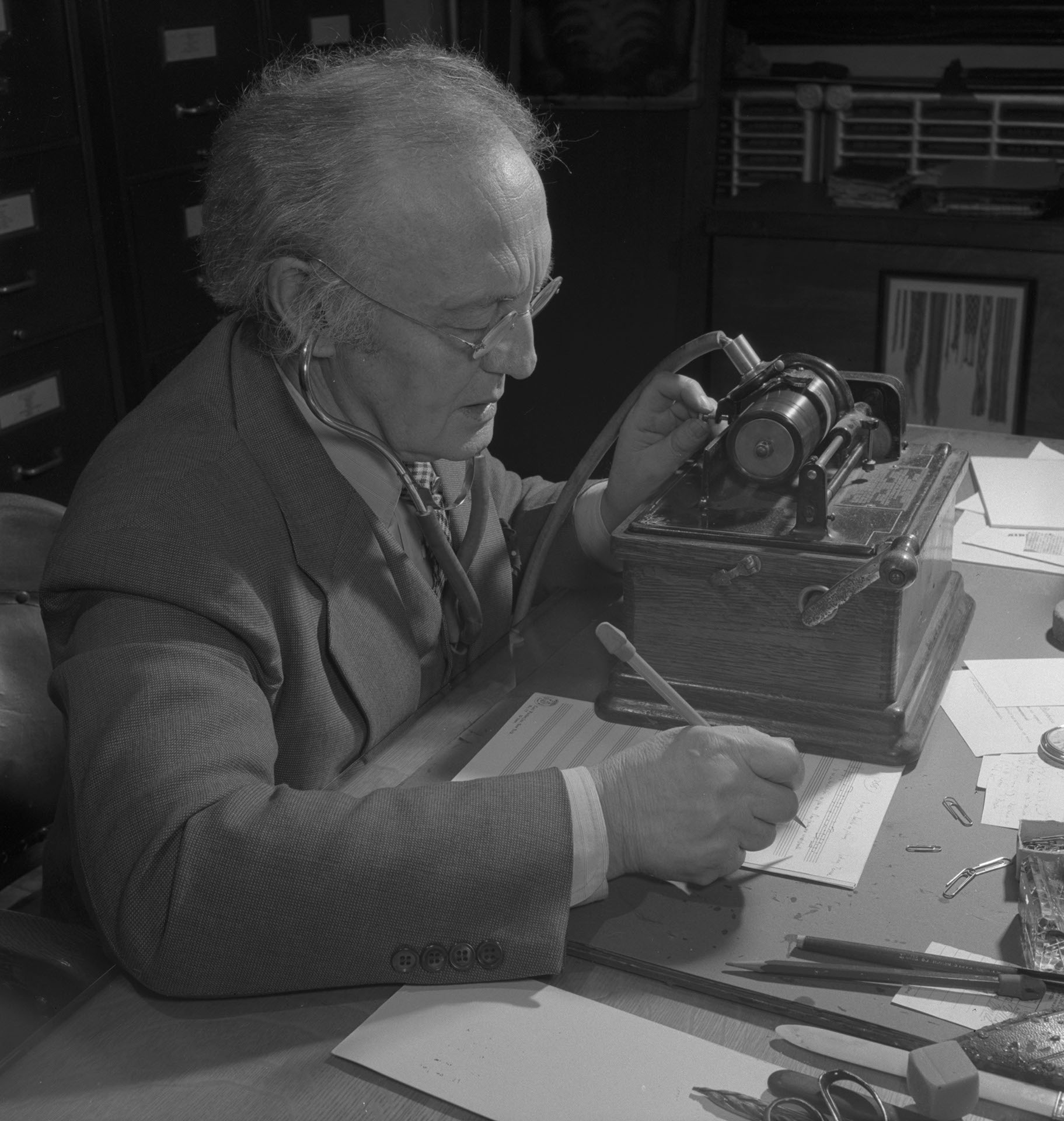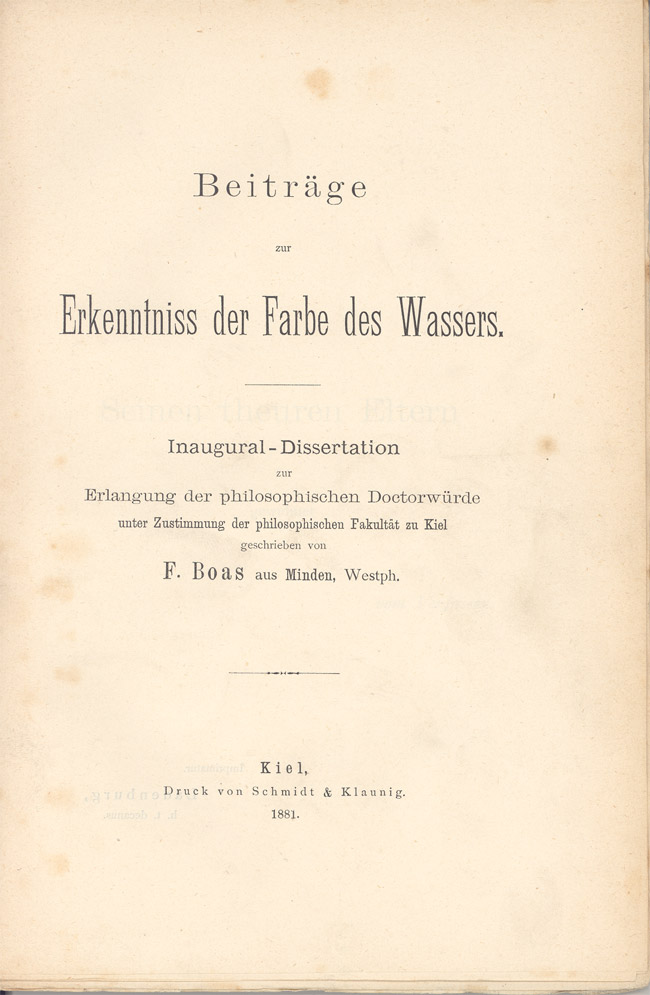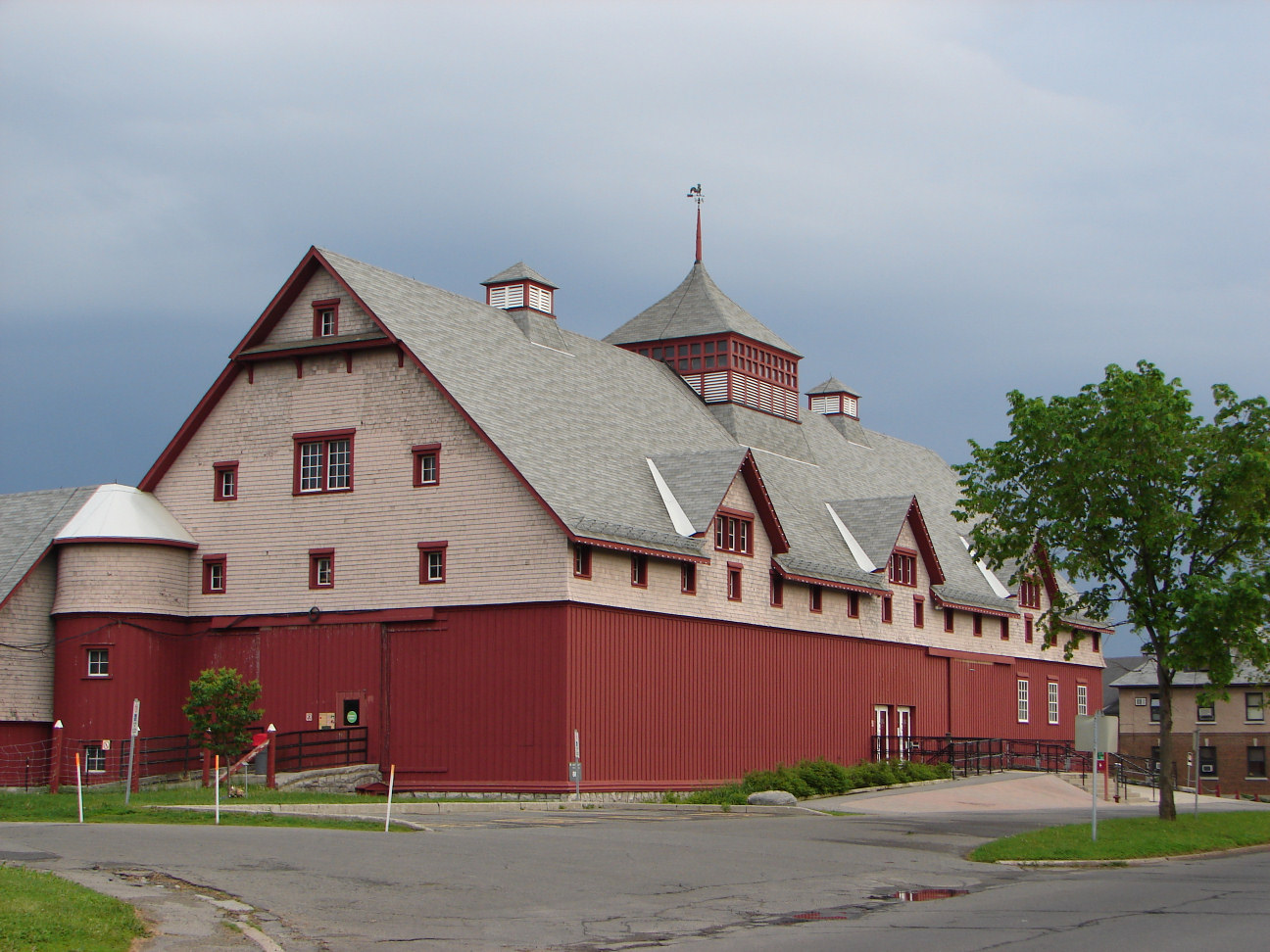|
Marius Barbeau
Charles Marius Barbeau, (March 5, 1883 – February 27, 1969), also known as C. Marius Barbeau, or more commonly simply Marius Barbeau, was a Canadian ethnographer and folklorist who is today considered a founder of Canadian anthropology. A Rhodes Scholar, he is best known for an early championing of Québecois folk culture, and for his exhaustive cataloguing of the social organization, narrative and musical traditions, and plastic arts of the Tsimshianic-speaking peoples in British Columbia (Tsimshian, Gitxsan, and Nisga'a), and other Northwest Coast peoples. He developed unconventional theories about the peopling of the Americas. Life and career Youth and education Frédéric Charles Joseph Marius Barbeau was born March 5, 1883, in Sainte-Marie, Quebec. In 1897, he began studies for the priesthood. He did his classical studies at Collège de Ste-Anne-de-la-Pocatière. In 1903 he changed his studies to a law degree at Université Laval, which he received in 1907. He we ... [...More Info...] [...Related Items...] OR: [Wikipedia] [Google] [Baidu] |
Sainte-Marie, Quebec
Sainte-Marie is a city in the province of Quebec, Canada. It is the seat of the Municipalité régionale de la Nouvelle-Beauce, in Chaudière-Appalaches. The population was 13,134 as of the Canada 2021 Census, and was 95.7% French-speaking as of 2021. It is located south-east of Quebec City, on the Chaudière River. History The ''seigneurie'' of Sainte-Marie-de-la-Nouvelle-Beauce was granted to Thomas-Jacques Taschereau in 1736. He chose the name in honour of his wife, Marie-Claire de Fleury de La Gorgendière. The religious parish was founded in 1737 and the municipality in 1845. The territory of Sainte-Marie was divided on several occasions, as population increased, in order to found neighbouring communities: Saint-Bernard, Saint-Isidore, Saint-Maxime-de-Scott (now Scott), Sainte-Marguerite, Sainte-Hénédine, Saint-Sylvestre, Saint-Elzéar, Saint-Séverin, Saints-Anges, and Vallée-Jonction. In 1913, the territory was split again, following the detachment of the ... [...More Info...] [...Related Items...] OR: [Wikipedia] [Google] [Baidu] |
Oriel College, Oxford
Oriel College () is a constituent college of the University of Oxford in Oxford, England. Located in Oriel Square, the college has the distinction of being the oldest royal foundation in Oxford (a title formerly claimed by University College, whose claim of being founded by King Alfred is no longer promoted). In recognition of this royal connection, the college has also been historically known as King's College and King's Hall.Watt, D. E. (editor), ''Oriel College, Oxford'' ( Trinity term, 1953) — Oxford University Archaeological Society, uses material collected by C. R. Jones, R. J. Brenato, D. K. Garnier, W. J. Frampton and N. Covington, under advice from W. A. Pantin, particularly in respect of the architecture and treasures (manuscripts, printed books and silver plate) sections. 16 page publication, produced in association with the Ashmolean Museum as part of a college guide series. The reigning monarch of the United Kingdom (since 2022, Charles III) is the official vis ... [...More Info...] [...Related Items...] OR: [Wikipedia] [Google] [Baidu] |
Franz Boas
Franz Uri Boas (July 9, 1858 – December 21, 1942) was a German-American anthropologist and a pioneer of modern anthropology who has been called the "Father of American Anthropology". His work is associated with the movements known as historical particularism and cultural relativism. Studying in Germany, Boas was awarded a doctorate in 1881 in physics while also studying geography. He then participated in a geographical expedition to northern Canada, where he became fascinated with the culture and language of the Baffin Island Inuit. He went on to do field work with the indigenous cultures and languages of the Pacific Northwest. In 1887 he emigrated to the United States, where he first worked as a museum curator at the Smithsonian, and in 1899 became a professor of anthropology at Columbia University, where he remained for the rest of his career. Through his students, many of whom went on to found anthropology departments and research programmes inspired by their mentor, Boas pr ... [...More Info...] [...Related Items...] OR: [Wikipedia] [Google] [Baidu] |
Oklahoma
Oklahoma (; Choctaw language, Choctaw: ; chr, ᎣᎧᎳᎰᎹ, ''Okalahoma'' ) is a U.S. state, state in the South Central United States, South Central region of the United States, bordered by Texas on the south and west, Kansas on the north, Missouri on the northeast, Arkansas on the east, New Mexico on the west, and Colorado on the northwest. Partially in the western extreme of the Upland South, it is the List of U.S. states and territories by area, 20th-most extensive and the List of U.S. states and territories by population, 28th-most populous of the 50 United States. Its residents are known as Oklahomans and its capital and largest city is Oklahoma City. The state's name is derived from the Choctaw language, Choctaw words , 'people' and , which translates as 'red'. Oklahoma is also known informally by its List of U.S. state and territory nicknames, nickname, "Sooners, The Sooner State", in reference to the settlers who staked their claims on land before the official op ... [...More Info...] [...Related Items...] OR: [Wikipedia] [Google] [Baidu] |
Ontario
Ontario ( ; ) is one of the thirteen provinces and territories of Canada.Ontario is located in the geographic eastern half of Canada, but it has historically and politically been considered to be part of Central Canada. Located in Central Canada, it is Canada's most populous province, with 38.3 percent of the country's population, and is the second-largest province by total area (after Quebec). Ontario is Canada's fourth-largest jurisdiction in total area when the territories of the Northwest Territories and Nunavut are included. It is home to the nation's capital city, Ottawa, and the nation's most populous city, Toronto, which is Ontario's provincial capital. Ontario is bordered by the province of Manitoba to the west, Hudson Bay and James Bay to the north, and Quebec to the east and northeast, and to the south by the U.S. states of (from west to east) Minnesota, Michigan, Ohio, Pennsylvania, and New York. Almost all of Ontario's border with the United States f ... [...More Info...] [...Related Items...] OR: [Wikipedia] [Google] [Baidu] |
Quebec City
Quebec City ( or ; french: Ville de Québec), officially Québec (), is the capital city of the Provinces and territories of Canada, Canadian province of Quebec. As of July 2021, the city had a population of 549,459, and the Communauté métropolitaine de Québec, metropolitan area had a population of 839,311. It is the eleventhList of the largest municipalities in Canada by population, -largest city and the seventhList of census metropolitan areas and agglomerations in Canada, -largest metropolitan area in Canada. It is also the List of towns in Quebec, second-largest city in the province after Montreal. It has a humid continental climate with warm summers coupled with cold and snowy winters. The Algonquian people had originally named the area , an Algonquin language, AlgonquinThe Algonquin language is a distinct language of the Algonquian languages, Algonquian language family, and is not a misspelling. word meaning "where the river narrows", because the Saint Lawrence River na ... [...More Info...] [...Related Items...] OR: [Wikipedia] [Google] [Baidu] |
Wyandot People
The Wyandot people, or Wyandotte and Waⁿdát, are Indigenous peoples of the Northeastern Woodlands. The Wyandot are Iroquoian Indigenous peoples of North America who emerged as a confederacy of tribes around the north shore of Lake Ontario with their original homeland extending to Georgian Bay of Lake Huron and Lake Simcoe in Ontario, Canada and occupying some territory around the western part of the lake. The Wyandot, not to be mistaken for the Huron-Wendat, predominantly descend from the Tionontati tribe. The Tionontati (or Tobacco/Petun people) never belonged to the Huron (Wendat) Confederacy. However, the Wyandot(te) have connections to the Wendat-Huron through their lineage from the Attignawantan, the founding tribe of the Huron. The four Wyandot(te) Nations are descended from remnants of the Tionontati, Attignawantan and Wenrohronon (Wenro), that were "all unique independent tribes, who united in 1649-50 after being defeated by the Iroquois Confederacy." After th ... [...More Info...] [...Related Items...] OR: [Wikipedia] [Google] [Baidu] |
Victoria Memorial Museum
The Canadian Museum of Nature (french: Musée canadien de la nature; CMN) is a national natural history museum based in Canada's National Capital Region. The museum's exhibitions and public programs are housed in the Victoria Memorial Museum Building, a structure in Ottawa, Ontario. The museum's administrative offices and scientific centres are housed at a separate location, the Natural Heritage Campus, in Gatineau, Quebec. The museum originated from a museum established by the Geological Survey of Canada in 1856. Originally based in Montreal, the museum relocated to downtown Ottawa in 1881. In 1911, the museum relocated to Victoria Memorial Museum Building. Initially a natural history museum, the institution later expanded to include an anthropology and human history department; with the institution renamed the National Museum of Canada in 1927. The departments of the national museum were later split into separate national institutions, with the natural history department formi ... [...More Info...] [...Related Items...] OR: [Wikipedia] [Google] [Baidu] |
Edward Sapir
Edward Sapir (; January 26, 1884 – February 4, 1939) was an American Jewish anthropologist- linguist, who is widely considered to be one of the most important figures in the development of the discipline of linguistics in the United States. Sapir was born in German Pomerania, in what is now northern Poland. His family emigrated to the United States of America when he was a child. He studied Germanic linguistics at Columbia, where he came under the influence of Franz Boas, who inspired him to work on Native American languages. While finishing his Ph.D. he went to California to work with Alfred Kroeber documenting the indigenous languages there. He was employed by the Geological Survey of Canada for fifteen years, where he came into his own as one of the most significant linguists in North America, the other being Leonard Bloomfield. He was offered a professorship at the University of Chicago, and stayed for several years continuing to work for the professionalization of t ... [...More Info...] [...Related Items...] OR: [Wikipedia] [Google] [Baidu] |
Geological Survey Of Canada
The Geological Survey of Canada (GSC; french: Commission géologique du Canada (CGC)) is a Canadian federal government agency responsible for performing geological surveys of the country, developing Canada's natural resources and protecting the environment. A branch of the Earth Sciences Sector of Natural Resources Canada, the GSC is the country's oldest scientific agency and was one of its first government organizations. History In September 1841, the Province of Canada legislature passed a resolution that authorized the sum of £1,500 sterling be granted to the government for the estimated expense of performing a geological survey of the province. In 1842, the Geological Survey of Canada was formed to fulfill this request.Christy Vodden (1992)No Stone Unturned: The First 150 years of the Geological Survey of Canada Geological Survey of Canada Web site William Edmond Logan was in Montreal at the time and made it known that he was interested in participating in this survey. ... [...More Info...] [...Related Items...] OR: [Wikipedia] [Google] [Baidu] |
National Museum Of Canada
The national museums of Canada are the nine museums in Canada designated under the federal ''Museums Act'' and operated by the Government of Canada. The national museums are responsible for "preserving and promoting the heritage of Canada and all its peoples" and serving as "a source of inspiration, research, learning and entertainment... in both official languages." There are many other museums owned and operated by the Canadian federal government that are not considered national museums. The Bank of Canada Museum in Ottawa, Correctional Service of Canada Museum in Kingston, and the National Historic Sites of Canada operated by Parks Canada across the country are all examples of museums administered by federal agencies but outside the national museums system. History Origins The concept of a "National Museum" in Canada had its beginnings on May 16, 1856, when the government of the Province of Canada authorized the Geological Survey of Canada to establish a Geological Museum in ... [...More Info...] [...Related Items...] OR: [Wikipedia] [Google] [Baidu] |
Marius Barbeau Records Folk Songs
Marius may refer to: People * Gaius Marius (157 BC-86 BC), Roman statesman, seven times consul. Arts and entertainment * ''Marius'' (play), a 1929 play by Marcel Pagnol * "Marius" (short story), a 1957 story by Poul Anderson * ''Marius'' (1931 film), a French adaptation of Pagnol's play, directed by Alexander Korda * ''Marius'' (2013 film), a French adaptation of Pagnol's play, directed by Daniel Auteuil Places * Marius (Laconia), a town of ancient Laconia, Greece * Măriuș, a village in Valea Vinului, Satu Mare County, Romania * Marius (crater), on the Moon * Marius Hills, on the Moon Other uses * Marius (name), a male given name, a Roman clan name and family name, and a modern name or surname * Marius (commando), Alain Alivon (born 1965), French Navy officer * Marius (giraffe), a giraffe euthanized at the Copenhagen Zoo in 2014 See also * * * Mario (other) Mario is a fictional character created by Nintendo. Mario may also refer to: * Mario (given na ... [...More Info...] [...Related Items...] OR: [Wikipedia] [Google] [Baidu] |





.jpg)


